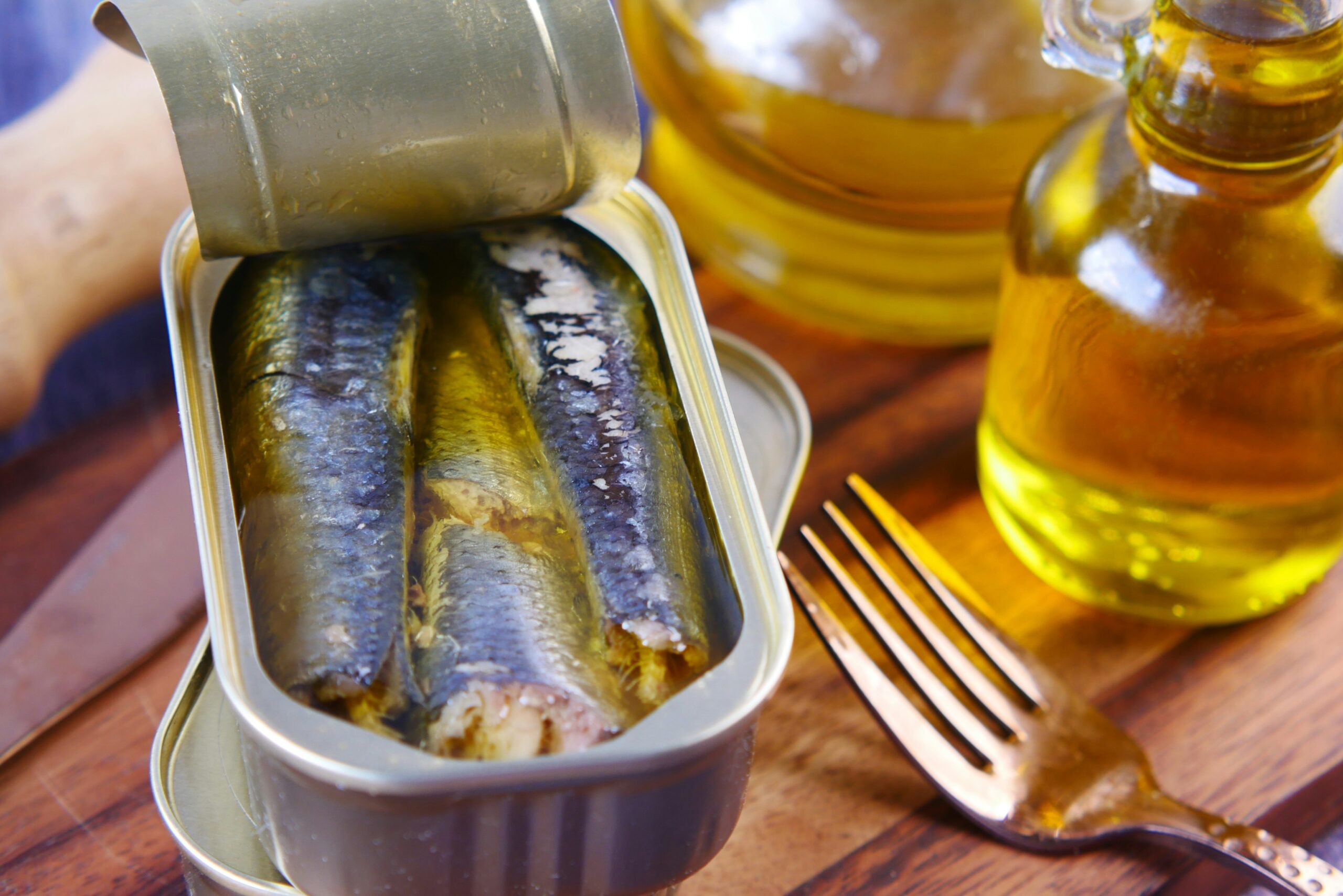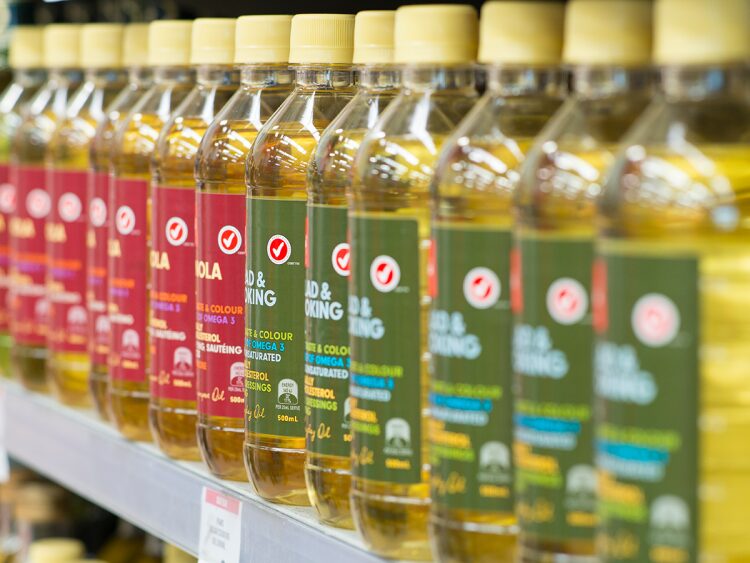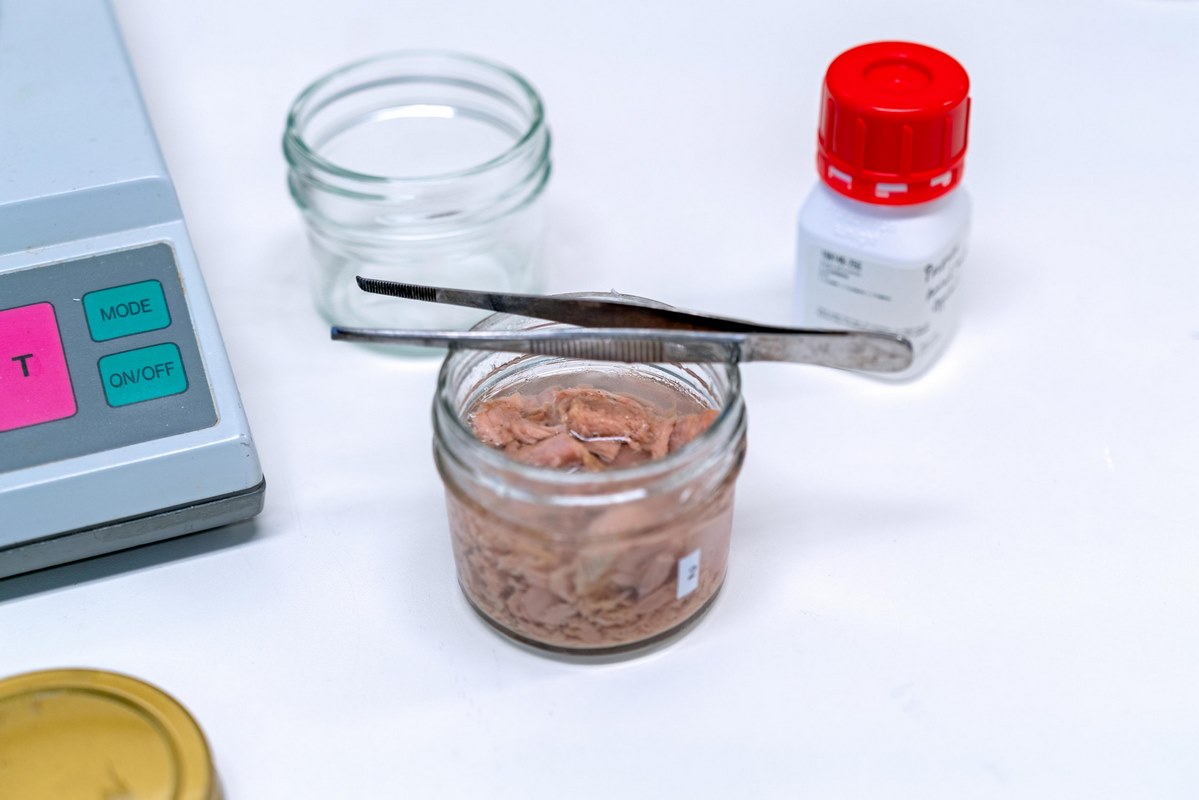For the proud parents of any child aged 1-9 months, there is no baby bottle formula that doesn’t use ultra-processed seed and vegetable oils as the second ingredient.
These oils are more and more being revealed for the public health hazard that they are, but for parents who need to find a way to feed their newborn without filling their brain up with oxidized omega-6 fatty acids, WaL was not able to identify a single product designed for infants under the age of 12 months.
There was a notable exception for 12 months and older—Serenity Kids—whose A2 powdered milk infant formula uses only dairy fats. However they have no option for younger infants.
Many Americans look to European markets for infant formula because of the more stringent consumer standards, but in some ways it’s even worse. Because of the continent’s strong cultural traditions in food and wellness, Europeans are often further abreast of the latest knowledge in fields like nutrition.
For example, a search on Google Italian for “powdered milk infant formula without vegetable oils” is monopolized by guides showing how consumers can avoid buying products containing tropical rainforest-damaging palm oil. The oil palm plantations have done the major part of their damage to tropical rainforest; that consumer struggle was largely lost 20 years ago. The idea that rapeseed oil, sunflower seed oil, or soybean oil are desirable to avoid hasn’t even crossed their minds.
Mostly, even infant formulas labeled “clean” or “organic” have several vegetable oils in parentheses as the second ingredient. This means the formula may be up to 20% made of these toxic, oxidized oils, while the parentheses mean that the manufacturer doesn’t know which oils were added and, in what quantities, to any given container of formula.
The last part is significant because some oils undergo much greater levels of processing than others. Novalac’s European formula, to use one example, lists coconut, palm, and canola oil. There’s nothing wrong with coconut oil. To the contrary, its fats are rapidly digestible thanks to their medium chains, and one of those saturated fats, lauric acid, is believed to have antimicrobial properties, can protect the hair and skin, and even improve dental health markers. Palm oil, though certainly destructive to forests, is half saturated fats and half linoleic and oleic acids, which are inflammatory omega-6 fats in nature.
The last one, canola oil, contains almost only inflammatory omega-6 oils from polyunsaturated and monounsaturated fats, which are likely the cause behind the rise in heart disease in the Western World since the 1950s.
Science communicator and Medical Doctor Cate Shanahan claims that because the first three ingredients of many baby formulas are non-fat milk, sugar, and vegetable oil, that means infant formula is 98% made up of those ingredients, making it the same basic substance as any candy bar on the shelf at the check-out counter. A shocking statement, but technically very plausible.
Rancid oils
The reason that industrial seed and vegetable oils are so harmful is the amount of fat molecules that have been oxidized, or to use the colloquial term: rancid.
Excluding coconut, avocado, and olive oils, every seed oil has its microscopic amount of polyunsaturated fat extracted by introducing the sunflower seed, soybean, corn kernel, etc. to extreme temperatures, during which those fats oxidize, releasing many harmful chemicals like hydroperoxides and hydroxy acid. It’s then processed with a petroleum-based solvent called Hexane.
At the end of the process, the oil is rancid, and would smell the way that rotting fat on a cut of beef or rancid fish would smell, so the oil is then deodorized with special chemicals and with synthetic antioxidants like BHT, BHA, and TBHQ, which have endocrine-disrupting, carcinogenic, and immune-disrupting effects.
It was observed back in the 1980s that unoxidized LDL cholesterol particles didn’t cause plaque buildup on human artery walls, the classic lead-up to heart attack or stroke. Accompanied citations on a paper looking at the subject state that oxidized LDL cholesterol was higher in people with cardiovascular disease, along with being purely toxic in the cell membrane.
It was later discovered that oxidization of LDL was initiated by linoleic acids, the polyunsaturated fat in canola oil, palm oil, and every other seed oil, within the LDL particle itself, and future discoveries also concluded that the most numerous oxidized fatty acid within LDL was indeed linoleic acid.
The authors conclude their historical recounting thusly.
“Hence, the amount of linoleic acid contained in LDL can be seen as the true ‘culprit’ that initiates the process of oxLDL formation as it is the linoleic acid that is highly susceptible to oxidation. Additionally, an increase in the intake of linoleic acid increases the linoleic acid content of very-low-density lipoprotein (VLDL) and high-density lipoprotein (HDL) increasing their susceptibility to oxidize, which further increases the risk of cardiovascular disease.”
Thus, expanding on the oxLDL theory of heart disease, a more comprehensive theory, the ‘oxidized linoleic acid theory of coronary heart disease’, is as follows: dietary linoleic acid, especially when consumed from refined omega-6 vegetable oils, gets incorporated into all blood lipoproteins (such as LDL, VLDL, and HDL) increasing the susceptibility of all lipoproteins to oxidize and hence increases cardiovascular risk.
Linoleic acid-rich seed oils are present in almost all baby formulas, potentially setting up whole generations of children for heart disease, since linoleic acid can remain in fat cells for decades. WaL




So then what is a parent to do? I’ve looked into this, but again only find articles that state the problem. No one has a solution. Even homemade formulas include seed oils. I don’t know how to safely use it or if it’s ok to use tallow in formula, or do I use coconut and olive oil and how to safely use that? That’s what I need. Info that can help me make a better choice for my baby. Thanks for the info.
Hi Alisa. I’ve read pieces by medical doctors that say making one’s own formula isn’t complicated in terms of ingredients, but rather the difficulty comes with ensuring the process is down in a safe way that avoids contamination. Based on my understanding of the situation, looking for a formula that uses coconut, avocado, or olive oil for the omega 6 fat component would be ideal, (I didn’t find any that used exclusively these oils).
Another choice would be to show your pediatrician the ingredient list of Serenity A2 formula (I have no affiliation with that company) and ask if its truly necessary to wait until 12 months to begin using it, i.e., if there are some ingredients that aren’t suitable for a younger infant’s GI tract.
Personally, we’ve had to settle for one that has coconut, olive, or avocado as one or two of the oil components, but which has other positives like no added sugars, real fish oil, and human milk oligosaccharides (it still contains rapeseed oil in unknown amounts).
Best of luck truly.
what brand formula are you referring to? Sounds like one I would like to settle for as I cannot find any without seed oils either.
I use Novalac 1, but if I had to go back in time I might have asked my boy’s pediatrician whether he thought the ingredients in Serenity Foods would be okay starting around 5 -6 months.
Sammy’s milk is entirely free of seed oils. Not affiliated, but found it at the same time as this article.
https://www.sammysmilk.com/
Thank you for sharing, Matt! Best ingredient list I’ve seen so far.